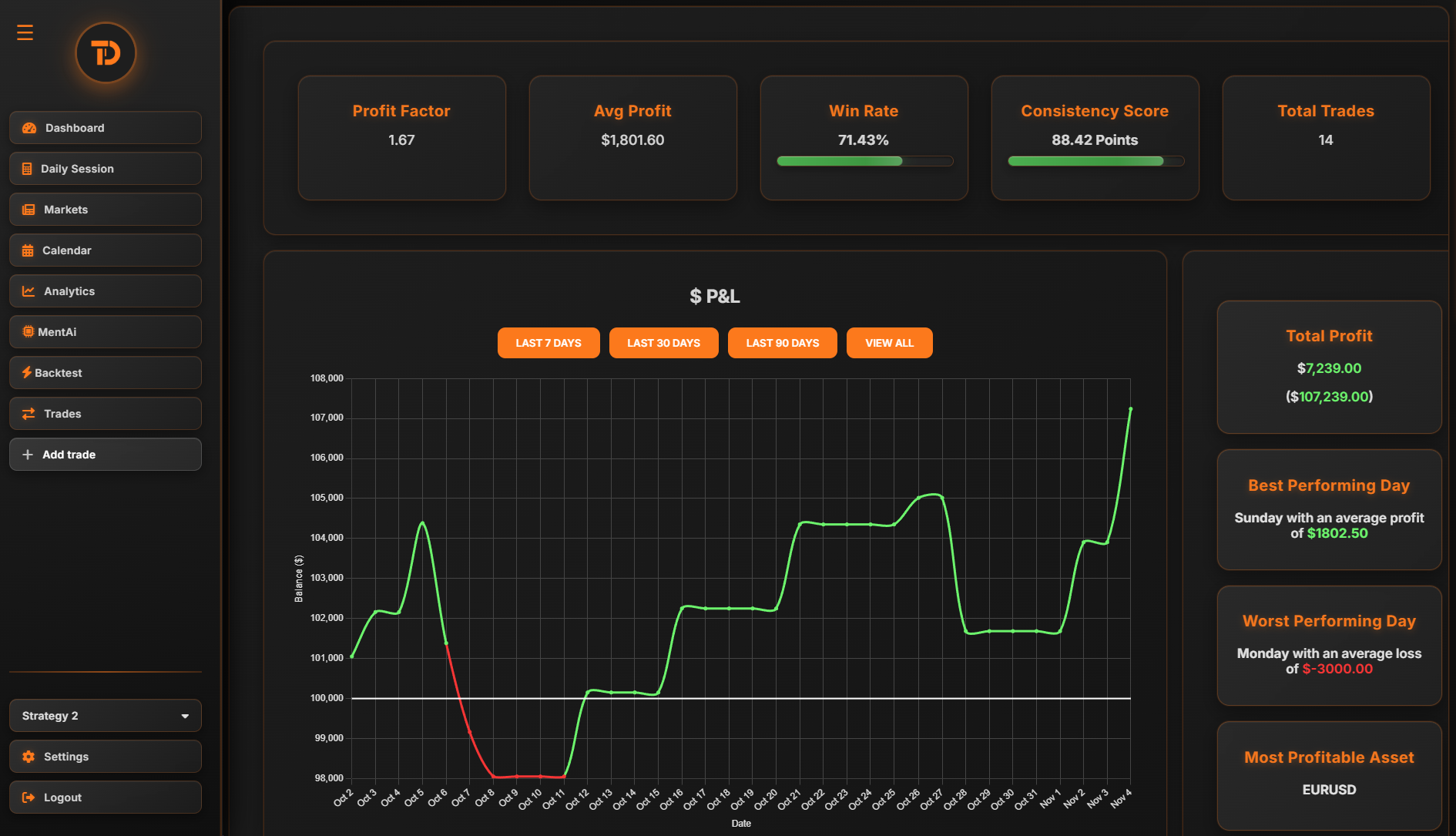Certain assets and markets exhibit strong correlations, meaning they tend to move in the same direction or influence each other. For example, oil prices and the Canadian dollar often share a positive correlation due to Canada's oil exports. Similarly, the price of gold and the strength of the U.S. dollar can be inversely related. Understanding these relationships is essential for making better trading decisions, as it allows you to anticipate how movements in one asset might impact another. Moreover, recognizing correlations helps you manage risk by preventing overexposure to assets that are likely to move together. If you hold multiple positions in correlated markets, a significant move in one direction could amplify your risk, resulting in larger losses than anticipated.
Being aware of correlations can also provide trading opportunities. If you expect a rise in one asset, you might also consider trading a correlated asset that is likely to move in the same direction. Conversely, if you wish to hedge your risk, trading negatively correlated assets can provide some balance. Successful traders often use correlation analysis to diversify their portfolios, reduce risk, and avoid taking on too much exposure to a single market movement.
. Why use a trading journal: A trading journal is a powerful tool for tracking how correlations between markets affect your trades. By documenting trades made in correlated assets, you can assess whether you’re unintentionally doubling your risk by trading multiple assets that move in the same direction. Reviewing your journal allows you to analyze how correlations influenced your results, helping you identify instances where market movements were magnified due to similar positions. Over time, this insight enables you to adjust your strategy, ensuring that you're not overexposed to correlated assets and are managing your portfolio's risk more effectively. Additionally, tracking correlations can help you recognize new opportunities or refine your hedging techniques, ultimately improving your overall trading performance.

